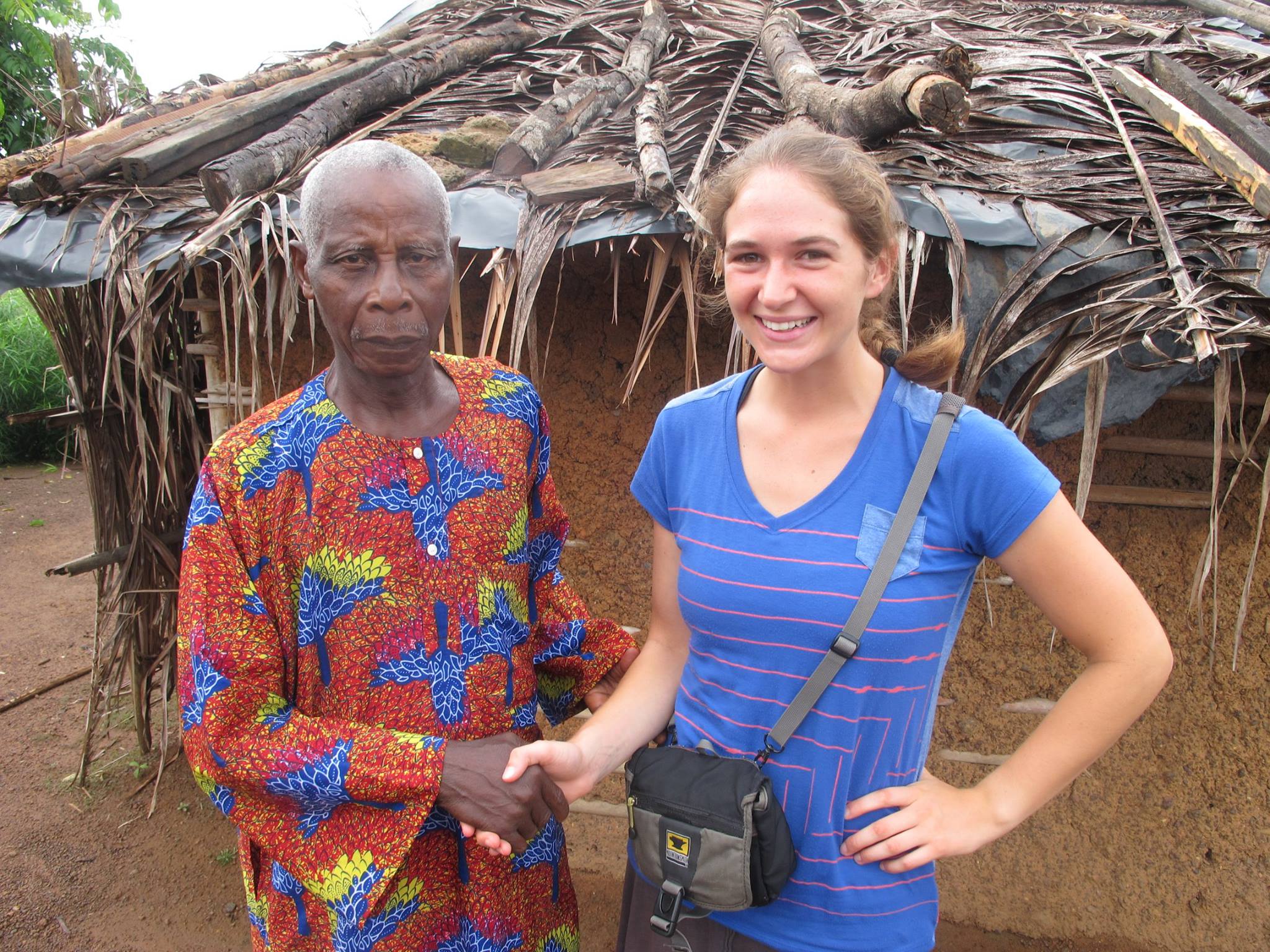Research
The interaction of Phonology with Morphosyntax
Much of my work seeks to investigate the extent to which the phonological component of grammar interacts with morphology and syntax, and how to best model this interaction. I rely on data from a diverse set of understudied African languages such as Guébie (Kru), Amharic (Ethio-Semitic), Atchan (Kwa), and Moro (Kordofanian) to explore these questions. My dissertation, for example, focused on process morphology such as scalar tone shift and vowel replacement in Guébie, asking whether morphology, phonology, or the specific interactions between the two modules, are responsible for morphologically conditioned phonological alternations, and proposing a model integrating components of Distributed Morphology and morpheme-specific constraint-based phonology to account for these phenomena. Since then, together with Peter Jenks and Sharon Inkelas, I have been developing a framework which accounts for a wide range of morphologically and lexically specific phonological phenomena by applying cophonologies at syntactically determined phase boundaries, Cophonologies by Phase. Cophonologies by Phase makes specific, testable predictions about the domain of application of long-distance phonological processes.
In addition to my work on Guébie morphology and phonology, I am interested in cross-linguistic prosodic patterns. For example, I have described and analyzed syllable weight and stress systems of Amharic (Ethio-Semitic), and shown that reduplication in Amharic, while apparently weight-dependent, actually targets the stressed syllables at the stem-level of analysis. Such a system depends on cyclic phonological evaluation, where the stem is evaluated first, before the word as a whole.
I currently hold an NSF-CAREER grant which funds field work trips for me and my students to Côte d'Ivoire to continue investigating what the morphophonology of Guébie and other Ivorian languages can teach us about the interaction between phonology and morphosyntax in general. Specifically, I continue to explore long-distance harmony and tone processes in Ivorian langauges, and whether they are coextensive with prosodic or morphosyntactic domains.
